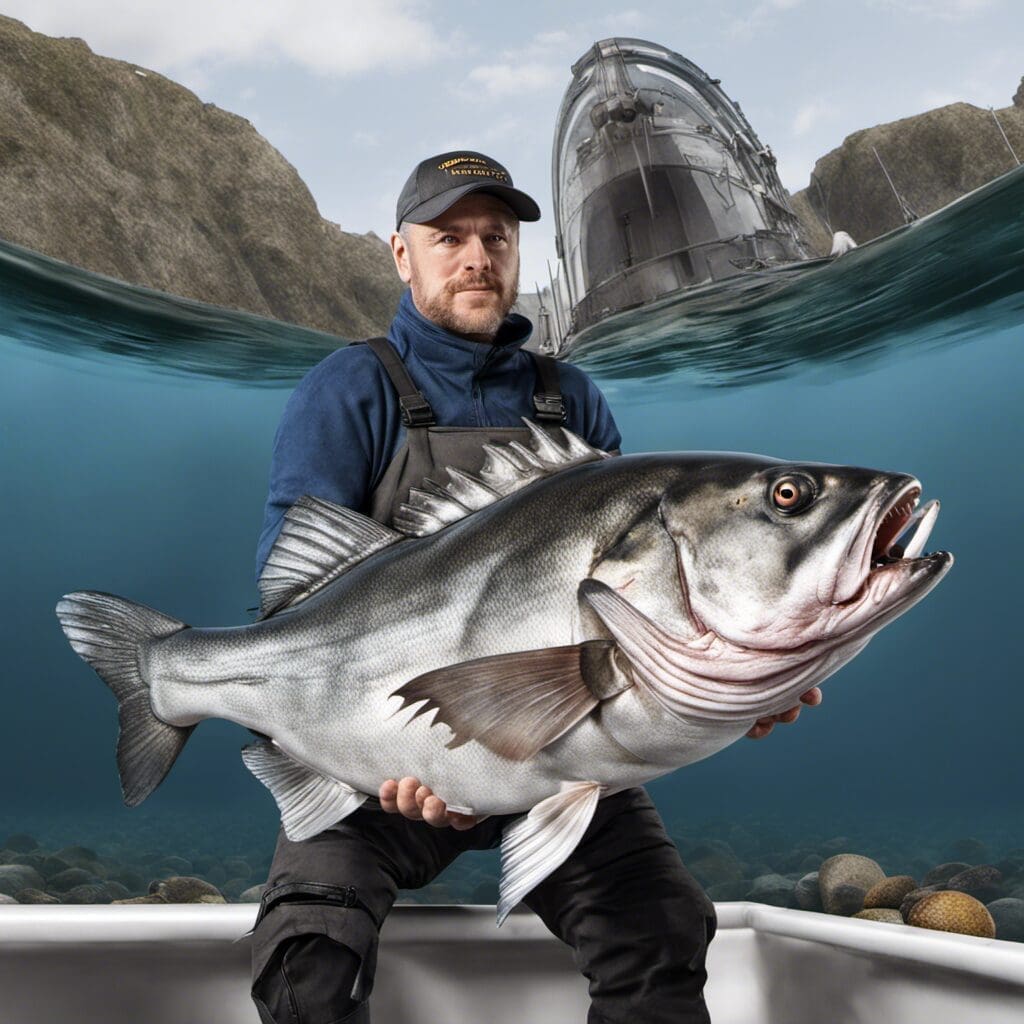Introduction
The Giant Seabass, or Stereolepis gigas, is a member of the family Polyprionidae. Known for their impressive size and longevity, Giant Seabass have played an important role in the history and culture of coastal communities.
Conservation Status
The Giant Seabass is currently listed as Critically Endangered by the International Union for Conservation of Nature (IUCN). Conservation efforts include habitat protection and catch limits to help encourage population growth.
Statistics
| Factor | Average | Range |
|---|---|---|
| Length | 5.5 feet | 3.9-7.2 feet |
| Weight | 255 pounds | 180-563 pounds |
| Average Lifespan | 75 years | N/A |
Distribution
Giant Seabass are found along the Pacific coast, ranging from Humboldt Bay, California, to Baja California, Mexico. The species does not have typical migration patterns.
Habitats
These robust fish prefer rocky reefs and kelp forests in marine waters. They typically dwell at depths between 35 feet to 130 feet and adapt to a wide range of temperature settings.
When and Where to See
Giant Seabass are typically active year-round but are mostly spotted between June and October. They are active throughout the day, but morning hours are usually the busiest.
Best Fishing Locations
- Catalina Island, California
- Morro Bay, California
- Pacific Ocean off Ensenada, Mexico
- Santa Barbara Channel, California
- Santa Monica Bay, California
To find Giant Seabass, seek out underwater structures such as rocky reefs and kelp forests.
How to Catch
They are typically caught with live or dead bait, including fish and squid. Recreational fishermen often use techniques such as bottom fishing. The best times to catch Giant Seabass are early morning or late evening during the summer and fall months.
Identification Guide
Giant Seabass is distinguished by its thick body and large mouth. Their color can range from brown to black, often with white spots. They are easily distinguishable from similar species due to their size and unique color patterns.
Culinary
The flesh of Giant Seabass is firm and white with a mild flavor. It is a good source of protein, vitamin D, and omega-3 fatty acids. It can be prepared in a variety of ways, such as grilling, baking, or frying.
Additional Information
Giant Seabass are predators, feeding on a variety of smaller fish, squid, and crustaceans. They face threats from overfishing and habitat destruction. Historically, Giant Seabass were an important food source for Native American tribes and have been featured in ancient petroglyphs.
References and Further Reading
- California Department of Fish and Wildlife: Giant Seabass
- IUCN Red List: Stereolepis gigas
- Monterey Bay Aquarium: Giant Seabass

